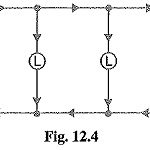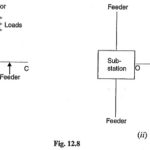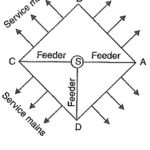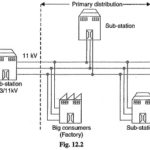Distribution Systems Articles:
Electric Power Distribution System: Electric Power Distribution System states that part of power system which distributes electric power for local use is known as distribution system. The electrical energy produced at the generating station is conveyed to the consumers through a network … (Read More)
AC Distribution System: Now-a-days electrical energy is generated, transmitted and distributed in the form of alternating current. One important reason for the widespread use of alternating current in preference to direct current is the fact that alternating voltage can be conveniently … (Read More)
 DC Distribution System: It is a common knowledge that electric power is almost exclusively generated, transmitted and distributed as a.c. However, for certain applications, d.c. supply is absolutely necessary. For instance, d.c. supply is required for the operation of variable speed … (Read More)
DC Distribution System: It is a common knowledge that electric power is almost exclusively generated, transmitted and distributed as a.c. However, for certain applications, d.c. supply is absolutely necessary. For instance, d.c. supply is required for the operation of variable speed … (Read More)
Overhead vs Underground System: The distribution system can be Overhead vs Underground System. Overhead lines are generally mounted on wooden, concrete or steel poles which are arranged to carry distribution transformers in addition to the conductors. The underground system uses conduits, … (Read More)
 Distribution System Connection: All Distribution System Connection of electrical energy is done by constant voltage system. In practice, the following distribution circuits are generally used 1.Radial System: In this system, separate feeders radiate from a single substation and feed the distributors at … (Read More)
Distribution System Connection: All Distribution System Connection of electrical energy is done by constant voltage system. In practice, the following distribution circuits are generally used 1.Radial System: In this system, separate feeders radiate from a single substation and feed the distributors at … (Read More)
Requirements of a Distribution System: A considerable amount of effort is necessary to maintain an electric power supply within the requirements of various types of consumers. Some of the good Requirements of a Distribution System are : Proper voltage Availability of power on … (Read More)

